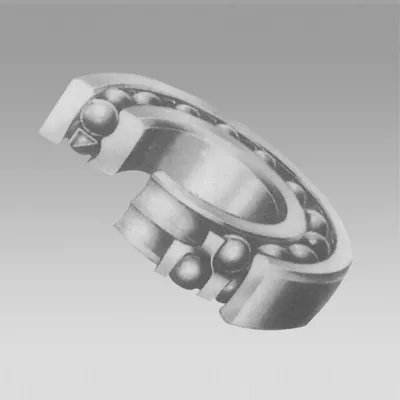
Nov . 23, 2024 18:30 Back to list
Taper Roller Bearing Size Guide for Optimal Selection and Application
Understanding Taper Roller Bearing Size Charts
Taper roller bearings are crucial components in various machinery and automotive applications. These bearings are designed to handle heavy loads and facilitate smooth rotational motion, making them essential in applications where durability and precision are paramount. One of the critical aspects of working with taper roller bearings is understanding their size specifications and how to interpret size charts effectively.
What are Taper Roller Bearings?
Taper roller bearings consist of an inner ring, an outer ring, conical rollers, and a cage that holds the rollers in place. The tapered design allows the bearing to accommodate both axial and radial loads, making it suitable for applications like gearboxes, automotive hubs, and other machinery elements that experience heavy loads in different directions.
Importance of Size Charts
A taper roller bearing size chart provides essential information about the dimensions and load capacities of various bearing types. These charts typically include several key specifications, such as the inner diameter (ID), outer diameter (OD), width, dynamic load rating (C), static load rating (C0), and the number of rollers. Understanding this information is crucial when selecting the right bearing for a specific application.
Key Parameters in Size Charts
1. Inner Diameter (ID) This is the diameter of the hole in the bearing that fits onto the shaft. It is critical to match this measurement with the shaft diameter for proper fitment.
taper roller bearing size chart

3. Width (B) The width of the bearing determines how much load it can support. A wider bearing can typically handle more load, making it essential to choose the right width based on application requirements.
4. Dynamic Load Rating (C) This rating indicates the maximum dynamic load a bearing can withstand while rotating without failing. It’s essential to consider the operational load versus the dynamic load rating to ensure a bearing's longevity.
5. Static Load Rating (C0) This value represents the maximum load a bearing can support while stationary without deformations. Static load ratings are particularly important in applications where heavy loads are applied while the machinery isn’t in motion.
6. Number of Rollers The number of tapered rollers in the bearing can affect its load-carrying capacity and overall performance. Some applications may benefit from a higher number of rollers for enhanced stability under load.
Reading the Size Chart
To utilize a taper roller bearing size chart effectively, one should begin by identifying the application requirements, including load capacity, speed, and environmental conditions. After determining these requirements, one can refer to the size chart to find a bearing that meets the specifications.
For instance, if a specific machine requires a bearing with an ID of 50 mm, an OD of 100 mm, and a width of 30 mm, one can navigate the size chart to identify potential candidates. The chart will also provide corresponding load ratings, allowing users to ascertain if the selected bearing can handle the required operational loads.
Conclusion
Selecting the right taper roller bearing for any application is critical for ensuring operational efficiency and longevity. Size charts serve as a vital tool, enabling engineers and technicians to make informed decisions based on precise measurements and load capacities. By understanding the parameters outlined in these charts, users can effectively match the correct taper roller bearing to their specific application needs. This not only improves the reliability of the machinery but also enhances overall productivity and reduces maintenance costs in the long run. Whether you are working in automotive, industrial, or any other field utilizing taper roller bearings, comprehending size charts is an essential skill for achieving optimal performance.
Latest news
-
Grooved Ball Bearing Design and Functionality
NewsJun.04,2025
-
Concrete Mixer Bearing Load Capacity Testing
NewsJun.04,2025
-
6004 Bearing Dimensions in Robotic Joint Designs
NewsJun.04,2025
-
Advantages of Single-Row Deep Groove Ball Bearings
NewsJun.04,2025
-
Applications of Deep Groove Ball Bearings in Automotive Systems
NewsJun.04,2025
-
Innovations in Bearing Pressing Machine Design
NewsJun.04,2025
